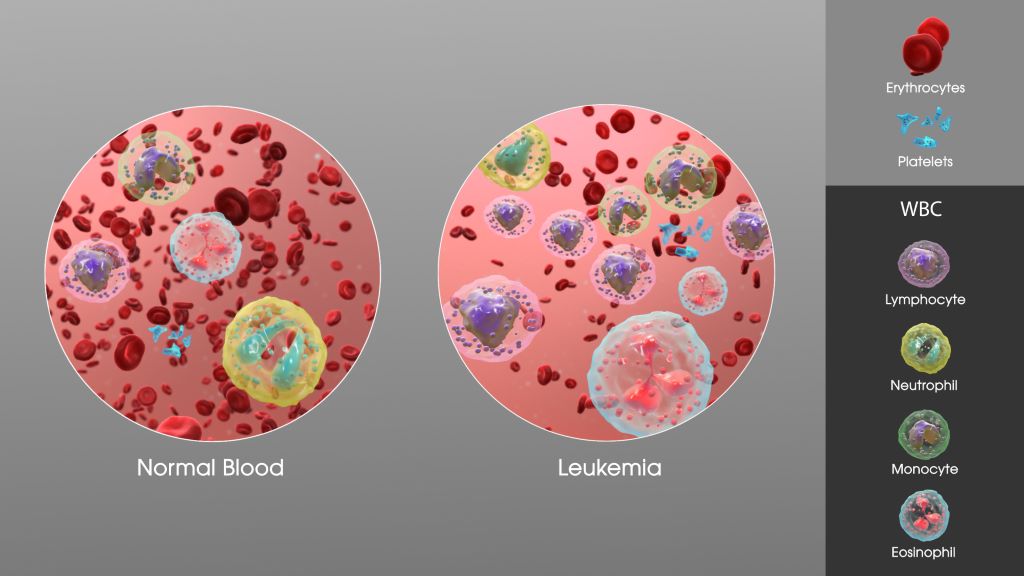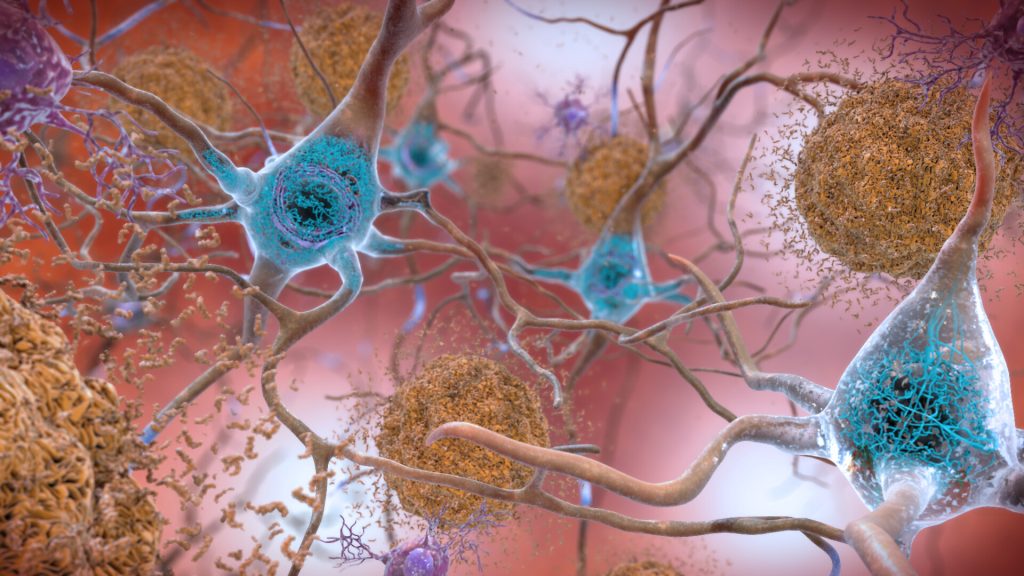High Court Ruling Strikes Down Key Part of NHI Act

A key part of the National Health Insurance Act is the requirement of private healthcare facilities to obtain a Certificate of Need (CON) in order to practise. Now it, this component has been struck down by a Pretoria High Court judge. Judge Anthony Millar struck down the Act’s key section, saying that it was “akin to an attempt to indenture the private medical service in the service of the state”.
The case had been brought by the Solidarity Trade Union, the Alliance of South African Practitioner Associations, the South African Private Practitioner Forum, the Hospitals Association of South Africa (HASA) and a number of healthcare providers and owners of healthcare establishments.
Sections 36 to 40 of the NHI Act would introduce a Certificate of Need (CON) scheme, essentially tying down doctors to a specified geographical location, which would be the only location where they could render their services.
It is declared that sections 36 to 40 of the National Health Insurance Act 61 of 2003 are invalid in their entirety and are consequently severed from the Act.
Judge Anthony Millar’s ruling
Any new healthcare facility would have to apply for a CON, which would be valid for 20 years. Existing facilities would have two years’ grace period to apply. This would applicable to hospitals, clinics, pharmacies and even to private rooms set up within the home of the practitioner. Operating without one would be a criminal offence – punishable with a fine, five years in prison or both.
It had been argued that because the regulations for CON had not been promulgated, the applicants’ argument was “hypothetical” and not “crystallized”. In Tuesday’s ruling, Judge Millar cited previous rulings and the constitutionality of the matter was still worth testing.
The CON scheme was extensive, Judge Millar noted, and would impact not only healthcare practitioners who worked in healthcare facilities and their employees, but also “juristic persons“, ie corporations or other organisations that can be legally liable.
‘A blunt instrument’
In terms of its constitutionality, the applicants’ argument was that, “at least six constitutional rights are infringed. They say it tramples on their rights including where they want to reside, send their children to school and the communities they belong to.”
Judge Millar noted, would mean that setting up a hospital was a hefty investment of R500 million or so, and there was no provision any support. Taken together with the 20-year CON validity, would serve to discourage private investment and became a “blunt instrument” with which the Director-General of Health could control private healthcare in the country.
Even though this provision was ostensibly to serve many, this could not come at the cost of individual freedoms, among them Section 22 of the Constitution which provided for the freedom to choose an occupation within the rule of law.
“The scheme is silent on the extant rights of both the owners of private health establishments, private healthcare service providers and private healthcare workers. Such extant right include their integration and professional reputations in the communities which they presently serve together with the significant financial investments and commitments made by them to be able to render the services that they do.”
Since health establishments are purpose-built and hard to convert for other use, this constitutes a de facto deprivation, he wrote.
“It does not behove government in pursuing transformation, to trample upon the rights of some ostensibly for the benefit of the many.”
‘Effective indenture’ of private healthcare
While the legal teams for President Cyril Ramaphosa, the minister of health, Dr Aaron Motsoaledi, and the director-general of health, Dr Sandile Buthelezi, argued that the public healthcare sector was overburdened, Judge Millar replied that this amounted to the effective indenture of the private healthcare system.
Among other problems, contesting CON issuance was without recourse and by turning down a certificate the DG could essentially deprive the affected parties of income, as doing so would see them prosecuted under Section 40.
The ruling was welcomed by healthcare professional associations.
As reported in the Daily Maverick, Solidarity chief executive Dr Dirk Hermann said, “This judgment is a major blow to the total NHI [National Health Insurance] idea, as the principle of central management is a core pillar of the NHI Act itself. A more extensive consequence of this ruling with regard to the certificate of need is that parts of the NHI Act are now probably also illegal in principle.
“The NHI in its current format cannot be implemented as the essence of the NHI is central planning – and this has now been found unconstitutional.”
In a statement, HASA said that it regretted that the matter had to come to court. “We would have preferred achieving the objective of a stronger health system through a negotiated and collaborative effort to increase the number of medical students and nurses in medical training facilities to address the healthcare system’s needs,” the association stated.





